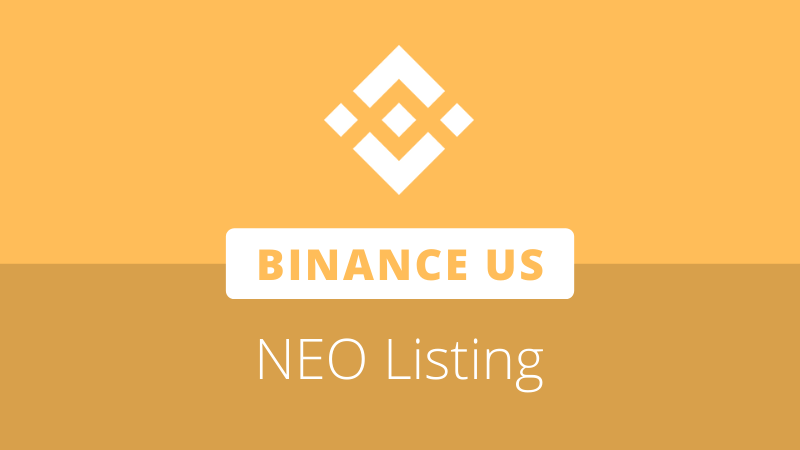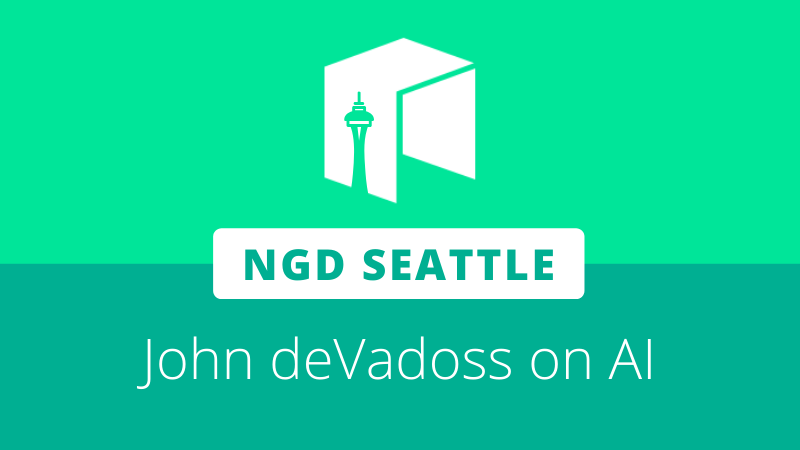
Bridge Protocol, a digital identity and compliance solution provider, has released version 2.0 of the Bridge Passport Extension, updated its Bridge Protocol SDK, and implemented upgrades to its network.
In March 2019, the Bridge Passport extension listed on the Google Chrome Web Store. The extension allows users to manage know your customer (KYC) information for personal verification and compliance. In recent quarters, Bridge developers focused on improving the user experience of the product.
The implementation of a new messaging protocol now allows users to submit login requests, token payment requests, and verified claim import requests. Further, in-browser initiated logins and payment requests will auto-open the Bridge Passport and prompt the user for their input.
Additional features include the ability to import existing Neo wallets, as well as view recent BRDG transactions and push verified claims.
Bridge Protocol SDK
The Bridge development team updated its software development kit (SDK), which “encompasses all functionality of the Bridge Passport, Bridge Protocol, and interaction with the Bridge Protocol Network API.” The updates are expected to allow for more simple and straightforward development.
Additionally, the SDK updates are claimed to further decentralize the Bridge Network. Now, all blockchain transactions operate directly on public nodes and remove dependencies on the Bridge Network API. To remove this dependency, the updated SDK includes the following constants: claim types, profile types, verification provider list, blockchain contract hashes, and addresses.
Network Upgrades
Through changes to its hosting, Bridge claims it has lowered costs, increased performance speeds, and now allows for greater geo-redundancy in the Bridge Network. The role of the Bridge Network is to vet network partners, flag bad actor passports, and facilitate communication between passport owners and Bridge Marketplace partners.
As a result of Bridge Network upgrades, the team states, “all claims transfer and claims publishing occurs on the blockchain or peer-to-peer between the passport owner and the network partner.”
The upgrades have also improved the maintainability of the Bridge Network, which eases the friction engineering teams may face when working within the system.
The full announcement can be found at the link below:
https://medium.com/@bridgeprotocol/bridge-protocol-release-2-0-4211cc65488b







About The Author: Dylan Grabowski
Dylan is a reformed urban planner with a passion for covering the Neo ecosystem. His objective as a writer for Neo News Today is to report news in an objective, fact-based, non-sensational manner. When not behind a computer screen, he can be found in the mountains rock climbing. Find Dylan on Twitter (@GrabowskiDylan).
More posts by Dylan Grabowski